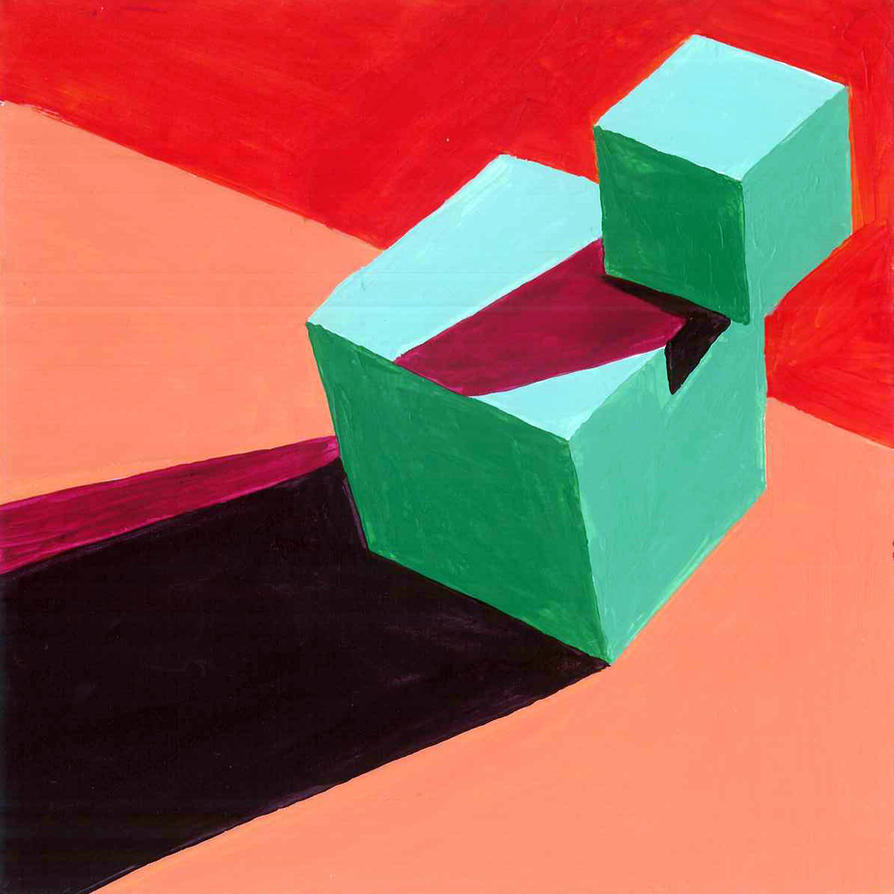Colour Scheme is the choice of colours used in design for a range of media. Colours that create an aesthetic feeling when used together will commonly accompany each other in color schemes.
List of colour schemes:
Monochromatic colours – All the colours of a single hue. Energy is more subtle due to the lack of contrast in hue.

Complementary colours – Pairs of colours when combined together will cancel out each other. Creates high contrast on the design, captures attention.

Split complementary colours – In addition to the base color, it uses the two “Analogous” colors adjacent to its complement. Also creates a high contrast, but not as strong as complementary colours.

Achromatic colours – Any colour that lacks strong chromatic content is said to be unsaturated, achromatic, or near neutral. Easily modified beside saturated colours.

Analogous colours – Group of colours that are adjacent to each other on the color wheel, with one being the dominant color, and two on either side complementing.

Triadic colours – Three colors equally spaced around the color wheel. Tend to be vibrant. Offer contrast along with colour harmony. Easiest to create a balance in colours.
Tetradic colours – Richest of all the schemes because it uses four colors arranged into two complementary color pairs. Difficult to balance, need one of the colours to be dominant.

